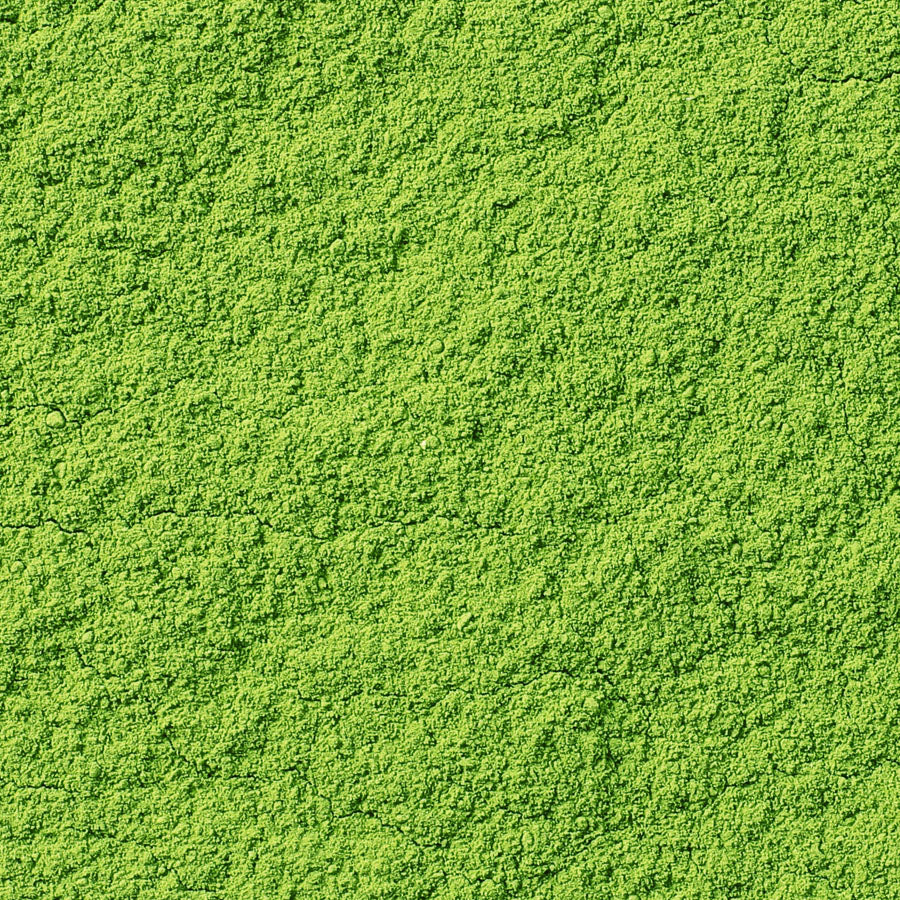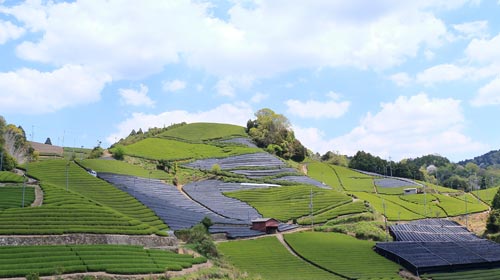When we at Growing Karma talk about tea, we don't just mean a beverage. For us, tea is a living culture, a craft, and a bridge between humanity and nature. Even though our heart project is the first commercial tea plantation in Germany, our thoughts are always drawn to one of the most fascinating teas in the world: Matcha.
Nishio, Aichi
And when talking about matcha, there is no way around Nishio, Aichi – the Japanese region that has been famous for its exceptional matcha quality for centuries.
The story of Nishio, Aichi – Where Matcha breathes tradition
Tea has been cultivated in the Nishio region for over 800 years. In the 13th century, the region began cultivating tea bushes for shade-grown teas—a technique that later gave rise to matcha. While Kyoto (Uji) introduced the tea ceremony to the Japanese nobility, the farmers of Nishio perfected the art of cultivation and processing.
Today, Nishio produces the majority of matcha in Japan and is synonymous with the finest powdered tea. This long tradition isn't simply a thing of the past—it lives on in every harvest.
Important cultivars of the region and their role in taste
The tea producers in Nishio primarily work with proven cultivars such as Yabukita, Okumidori, and Samidori. Each of these cultivars has its own unique characteristics:
Yabukita provides a balanced, classic taste with a subtle sweetness.
Okumidori provides deep green color and soft, sweet umami notes.
Samidori brings fresh, vibrant flavors with a mild character.
The careful selection and combination of these varieties creates matchas with complex flavor profiles – sometimes creamy and smooth, sometimes fresh and invigorating.
Cultivation and processing – the secret of quality
Matcha producers in Nishio still use traditional methods. About three to four weeks before harvest, the tea bushes are shaded with special nets. This period of shade increases the chlorophyll and amino acid content. The result: the vibrant green color and the characteristic umami flavor.
harvest
After harvesting, the tea leaves are gently steamed to prevent oxidation, then dried and processed into tencha. The stems and veins are removed, leaving only the delicate leaf tissue. The tencha is then ground into matcha on slowly rotating granite mills—a laborious process that requires considerable skill. Grinding too quickly would generate heat and destroy the delicate flavors.
Matcha from Japan as inspiration for Growing Karma
Although we grow tea in Germany under completely different climatic conditions, we look to Nishio with great respect. The dedication of the tea farmers there inspires us. Our dream: to one day produce Growing Karma Matcha from our own permaculture-grown tea bushes.
That's still a long way off. But one thing is already clear: the Matcha philosophy—the combination of nature, craftsmanship, and mindfulness—is what shapes our work. We believe that good tea isn't created solely through technology, but through responsibility, vision, and love for the plant.
A look ahead
Our Growing Karma Matcha will one day be more than just a product. It will tell a story: about the transfer of centuries-old Japanese tea wisdom to a new, sustainable future in Germany.
If you want to follow this path with us, stay tuned . Because tea is more than just a pleasure – it is a growing promise




Leave a comment
This site is protected by hCaptcha and the hCaptcha Privacy Policy and Terms of Service apply.